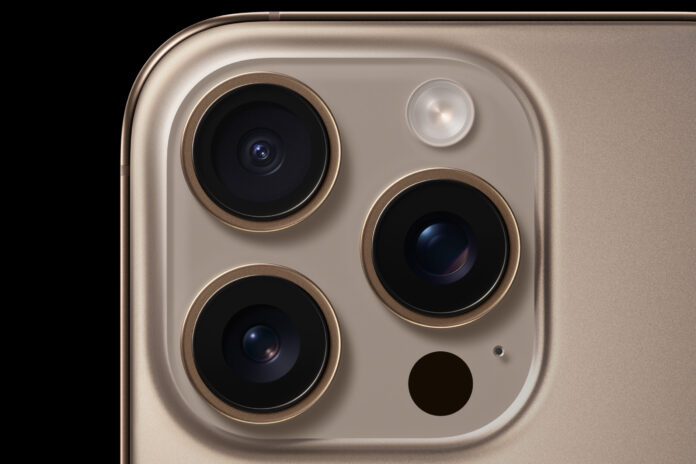All iPhone 16 models will also support sub-6 GHz and mmWave 5G is the U.S.
It was initially suggested by the Apple rumor mill that Wi-Fi 7 would only be available on the iPhone 16 Pro models; however, end users of all budgets can rejoice: The iPhone 16, iPhone 16 Plus, iPhone 16 Pro, and iPhone 16 Pro Max were announced this week and all include support for the Wi-Fi 7 standard with 2×2 MIMO.
The benefits of Wi-Fi 7
While Wi-Fi 7 boasts a number of notable features like support of both 320 MHz transmissions — double the 160 MHz of Wi-Fi 6 — and 4096-QAM, which delivers significant speed increases, one of its most exciting features, and the one that most delivers reliability, might be Multi-Link Operation (MLO). With MLO, a device connected in the 5 GHz band that is suffering from degraded performance due to another device popping up on the network will automatically — and very quickly — switch over to the 6 GHz band.
Wi-Fi 7’s biggest brag is that it introduces the concept of priority channels and the ability to schedule traffic, and that will go a long way in increasing not just throughput, but also network reliability. For iPhone 16 users, of of this means that data can be sent over the 2.4GHz, 5GHz and 6GHz bands simultaneously for faster speeds, lower latency and more reliability.
Other notable iPhone 16 features
Of the new phones’ broader improvements over previous models, Greg Joswiak, Apple’s senior vice president of worldwide marketing said in a press statement: “Powered by the faster, more efficient A18 Pro chip and built for Apple Intelligence, iPhone 16 Pro and iPhone 16 Pro Max are the most advanced iPhone models we’ve ever made.” Apple Intelligence means the iPhone 16 has generative AI capabilities such as the ability to summariz notifications, understand and create language and images and generate a summary of a recorded call or audio to recall key points.
The company also said that Siri is more “deeply integrated into the system experience,” and will exhibit more “natural and flexible communication” and now has the ability to “able to draw on a user’s personal context to deliver intelligence that is tailored to them.”
When it comes to cellular support in the U.S. market, all iPhone 16 models will support sub-6 GHz and mmWave 5G. The Pro Max and the 16 Plus models will additionally support the n5 (850 MHz), n7 (2600 MHz), n8 (900 MHz), n12 (700 MHz), n14 (700 PS), n20 (800 DD), n25 (1900 MHz), n26 (800 MHz), n28 (700 APT), n29 (700d MHz), n30 (2300 MHz), n38 (TD 2600), n40 (TD 2300), n41 (TD 2500), n48 (TD 3600), n53 (TD 2500), n66 (AWS-3), n70 (AWS-4), n71 (600 MHz), n75 (SDL 1500), n76 (SDL 1500), n77 (TD 3700), n78 (TD 3500), n79 (TD 4700), n258 (26 GHz), n260 (39 GHz) and n261 (28 GHz) bands.
iPhone 16 users will also be able to connect to the nearest satellite to send and receive texts over iMessage and SMS when outside cellular and Wi-Fi coverage and a new feature, Emergency SOS Live Video, will enable users to share a live video feed or photos with participating emergency dispatchers during an emergency call.
In the U.S., iPhone 16 Pro starts at $999 and iPhone 16 Pro Max starts at $1,199. They are scheduled to launch on September 20, but for those eager to get their hands on one, preordering kicks off this Friday.

